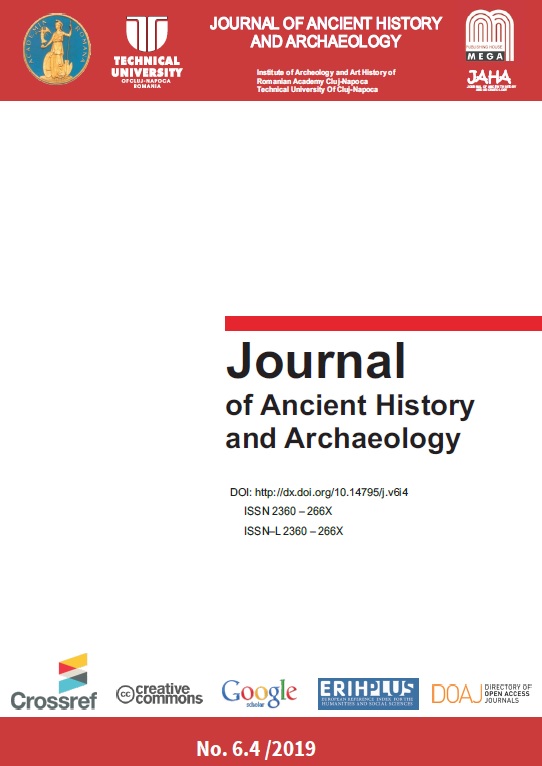THE ORIGIN AND DEVELOPMENT OF THE MAIN ROAD INFRASTRUCTURE AND THE CITY NETWORK OF ROMAN DACIA
THE ORIGIN AND DEVELOPMENT OF THE MAIN ROAD INFRASTRUCTURE AND THE CITY NETWORK OF ROMAN DACIA
Author(s): Florin Gheorghe FodoreanSubject(s): History, Archaeology, Ancient World
Published by: Editura Mega Print SRL
Keywords: roads; cities; Roman Dacia; organization; primary sites; secondary sites;
Summary/Abstract: Our intention when we first started to write this paper was simple: to offer the readers the possibility to understand, using as example the province of Dacia, the capacities, the discipline, the genius and the organization of the Romans during and after the conquest of the north-Danubian territories. Dacia represents a very good study case because of several reasons. But one should notice that the difficulty of organizing such province relied on its position: north of the natural frontier, with a very long frontier itself (almost 1500 kilometers) (Fig. 1), with a diverse landscape, composed by plains, hills, mountains, rivers, some of these very difficult to pass. Not only the Roman succeeded to overcome these barriers, as in other cases too, but they planned, constructed and maintained a careful defensive system and an outstanding road network, which had as main element the so-called imperial road, in fact the main ‘highway’ of Dacia. This is the road which started from the Danube with two branches, Lederata-Tibiscum and Dierna-Tibiscum, continued towards the valley of the Bistra, heading to Ulpia Traiana Sarmizegetusa and then to Apulum, Potaissa, Napoca and Porolissum (Fig. 2). We managed to identify how the Romans planned and used this road. Therefore, we divided the points along this route in two categories: 1. Primary sites, located circa 72 to 80 Roman miles one from another. These points are: Berzovia; II. Ulpia Traiana Sarmizegetusa; III. Apulum; IV. Napoca; V. Porolissum), (Fig. 3); 2. Secondary, intermediate sites, generally positioned in between the points from the first category, at distance of circa 36 to 40 miles. These are: A. Vărădia (Arcidava; B. Jupa (Tibiscum); C. Cigmău; D. Războieni-Cetate (Salinis); E. Sutoru (Optatiana?). We have used a similar method to that of Andrew Burghart for Pannonia to identify these points. The final remarks of our conributions represent a solid prove of the carefulness and acuracy of the Romans during the process of conquest and organisation of Dacia.
Journal: Journal of Ancient History and Archaeology
- Issue Year: 6/2019
- Issue No: 4
- Page Range: 17-29
- Page Count: 13
- Language: English

